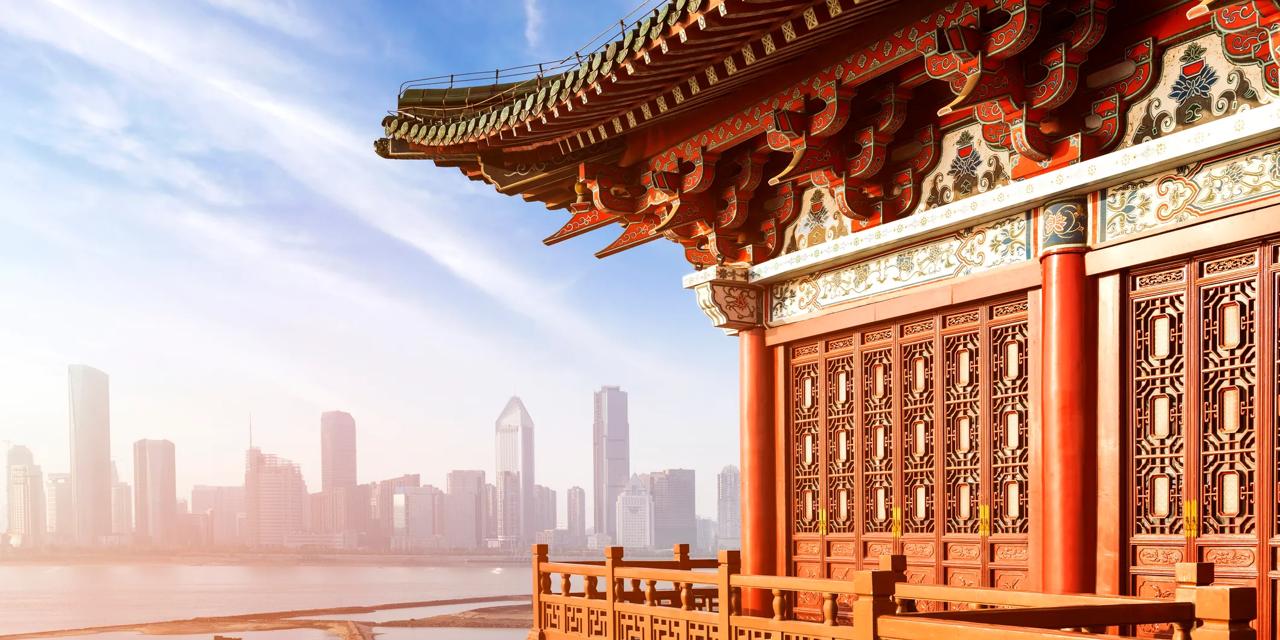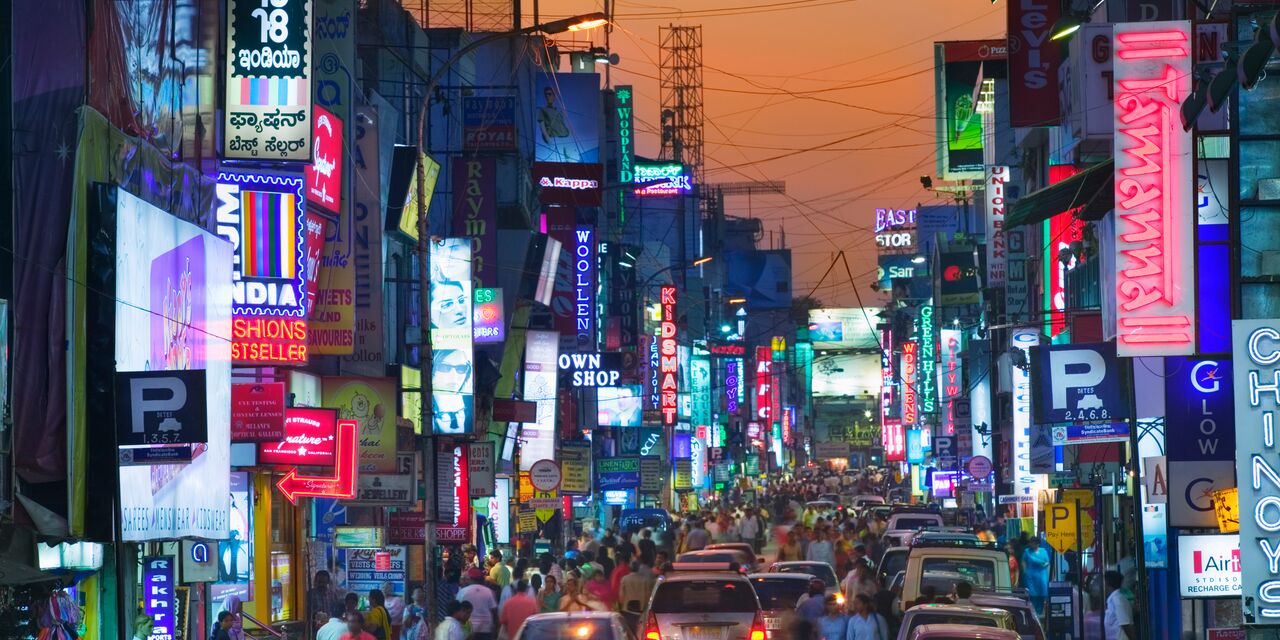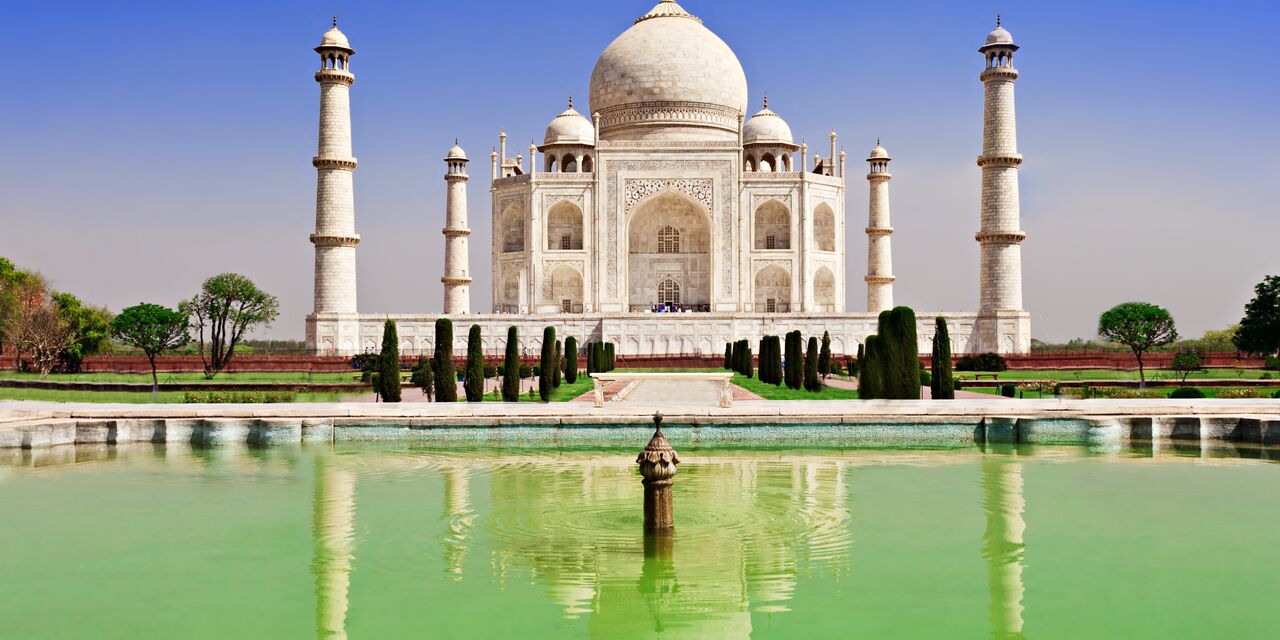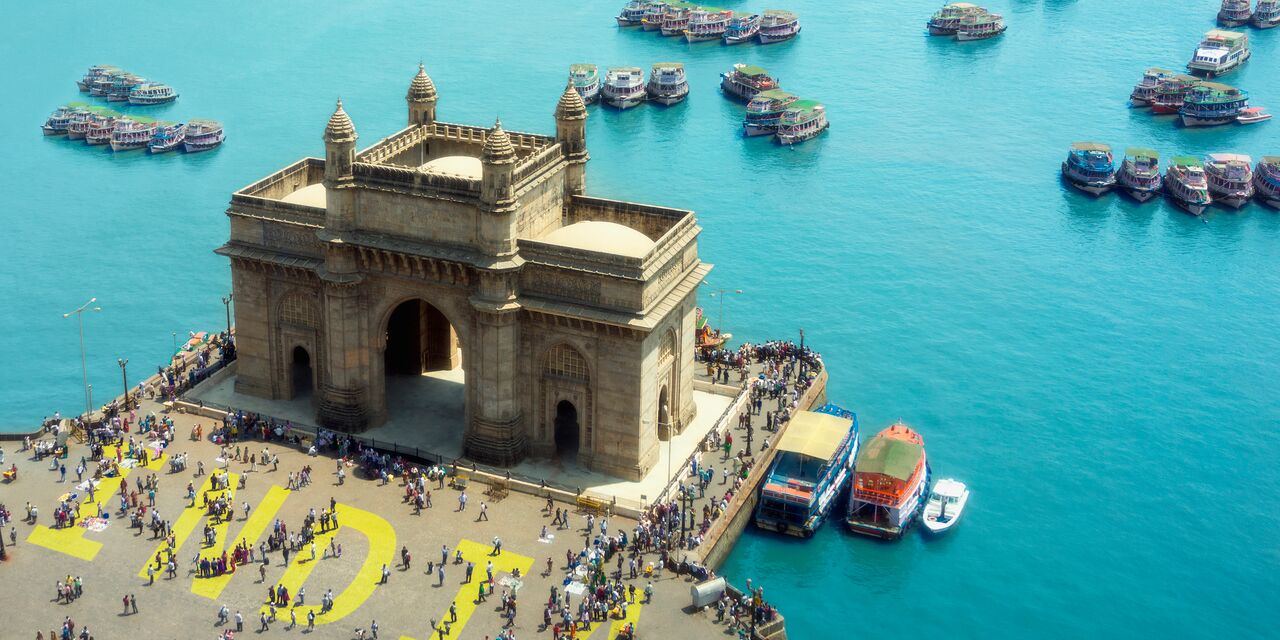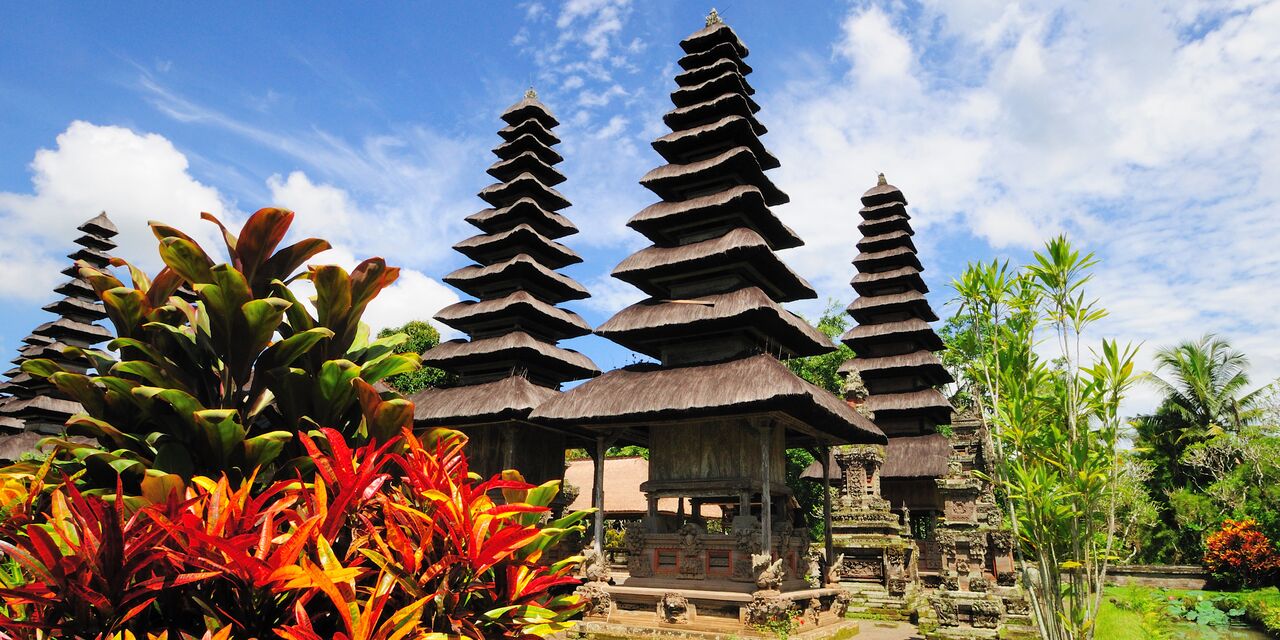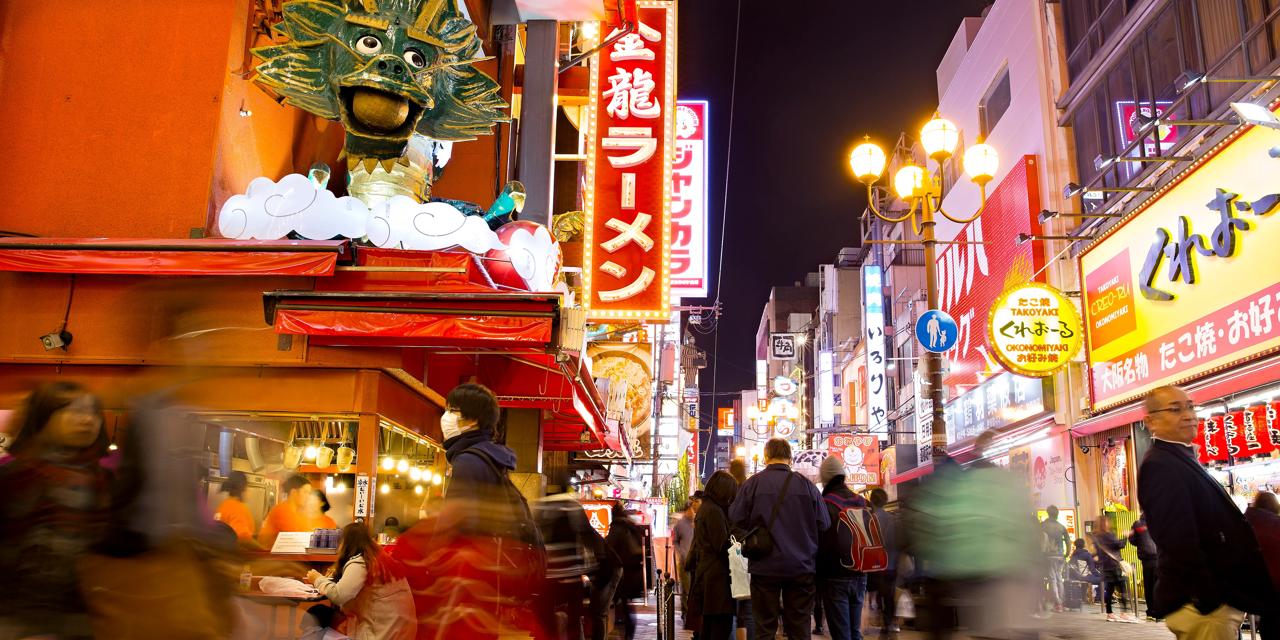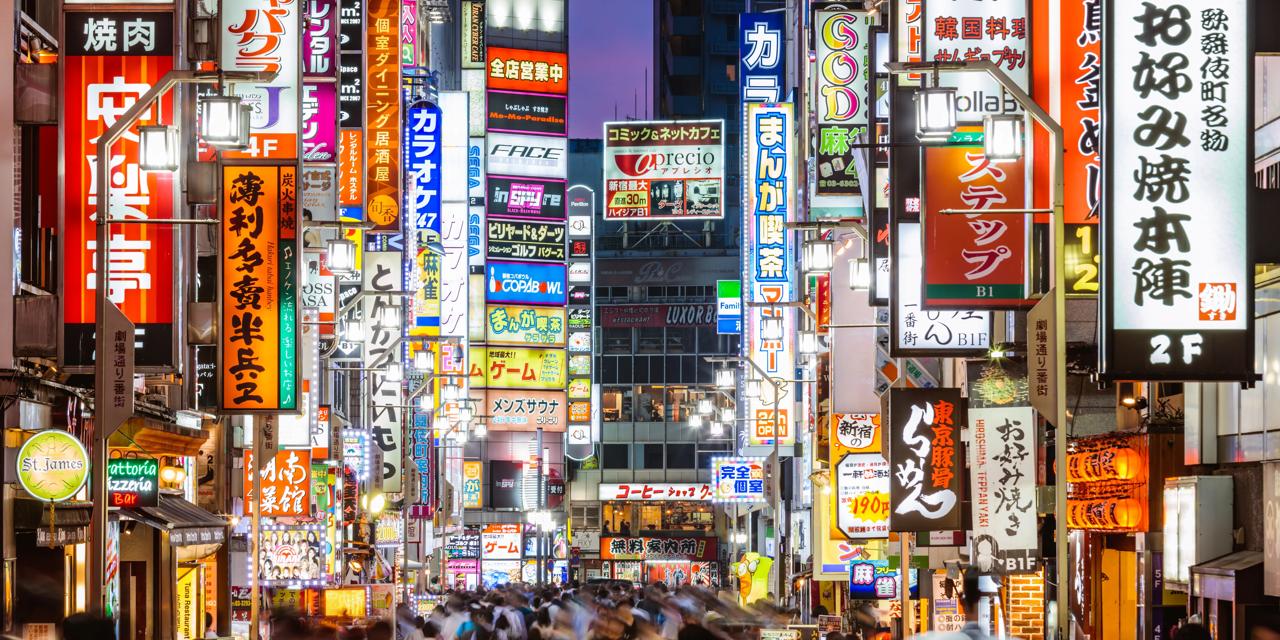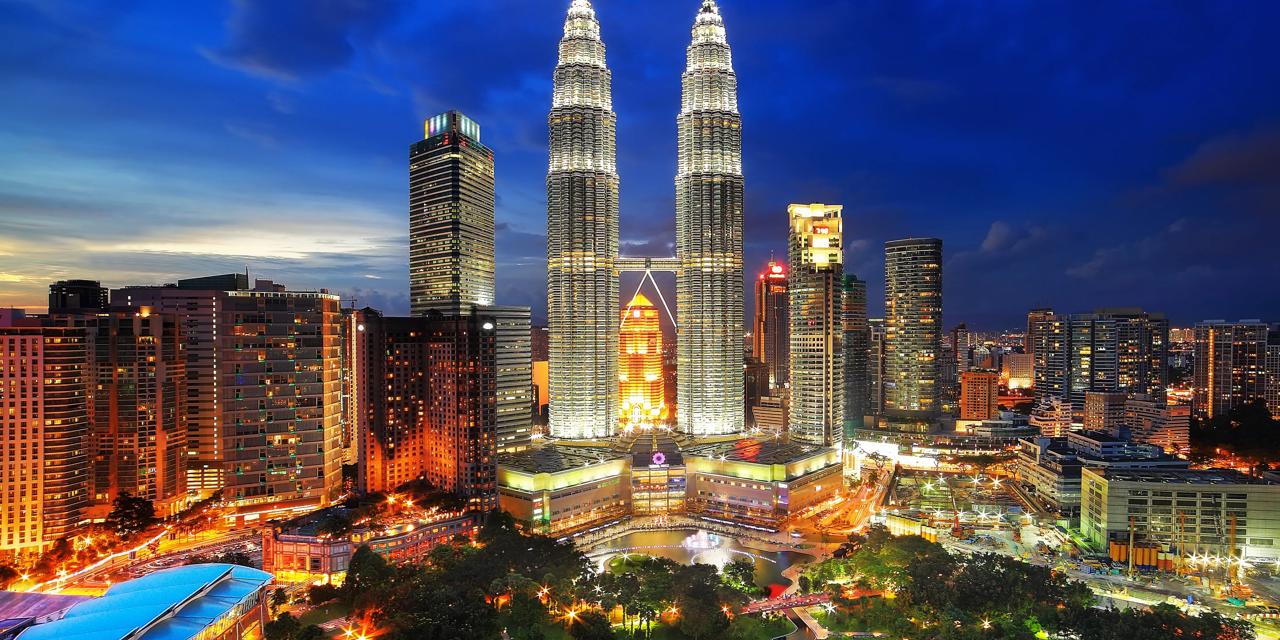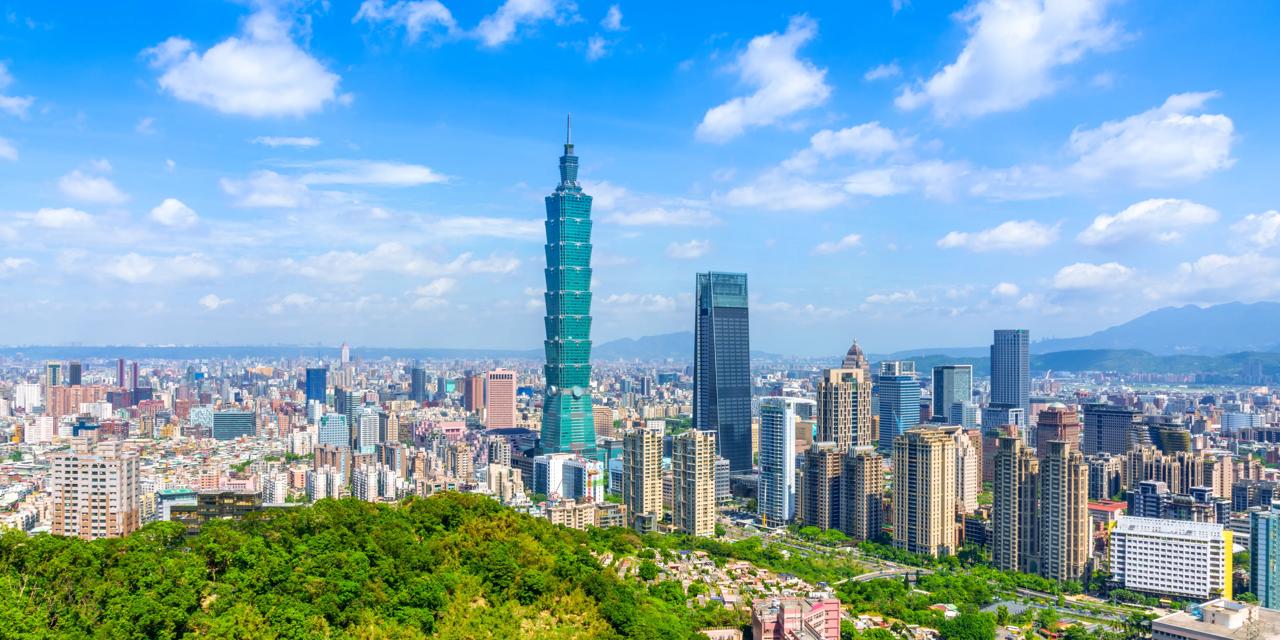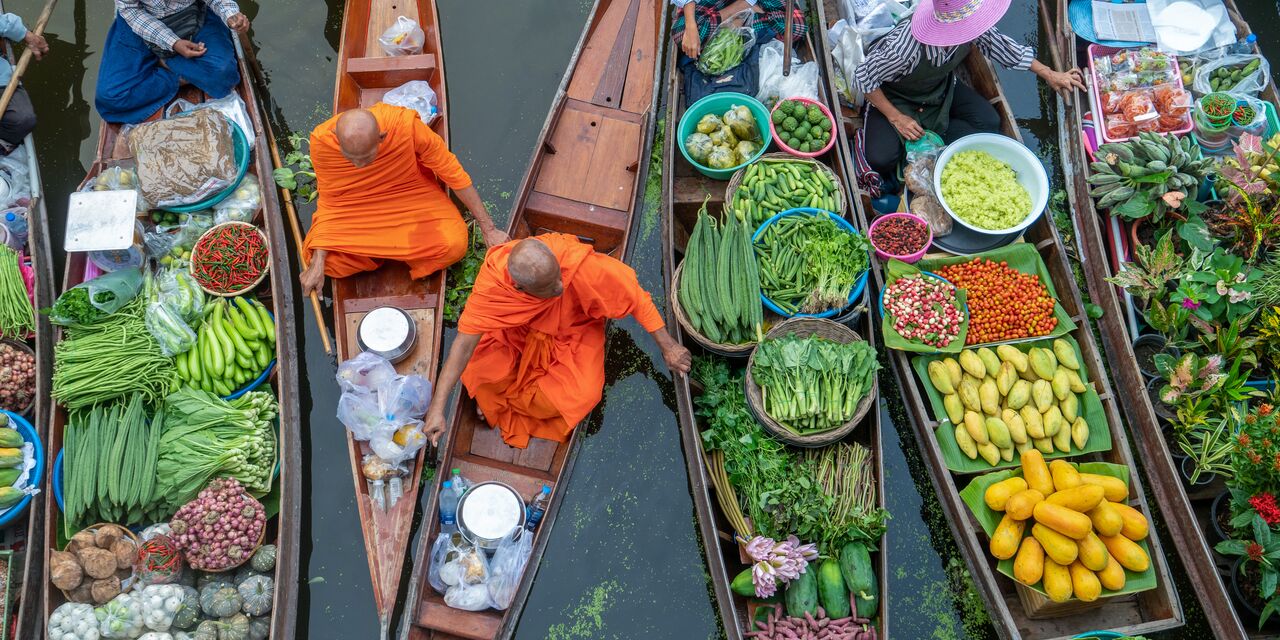Intramuros: Manila’s walled city
The oldest neighbourhood in Manila is Intramuros – Latin for ‘inside the walls’. In the 16th century, Manila became the capital of the Philippines and the administrative centre of Spanish colonial rule. Wars and revolutions have left their mark; many Baroque churches and palaces have been destroyed and the wall is partially reduced to a ruin. However, the area still exudes a colonial atmosphere.
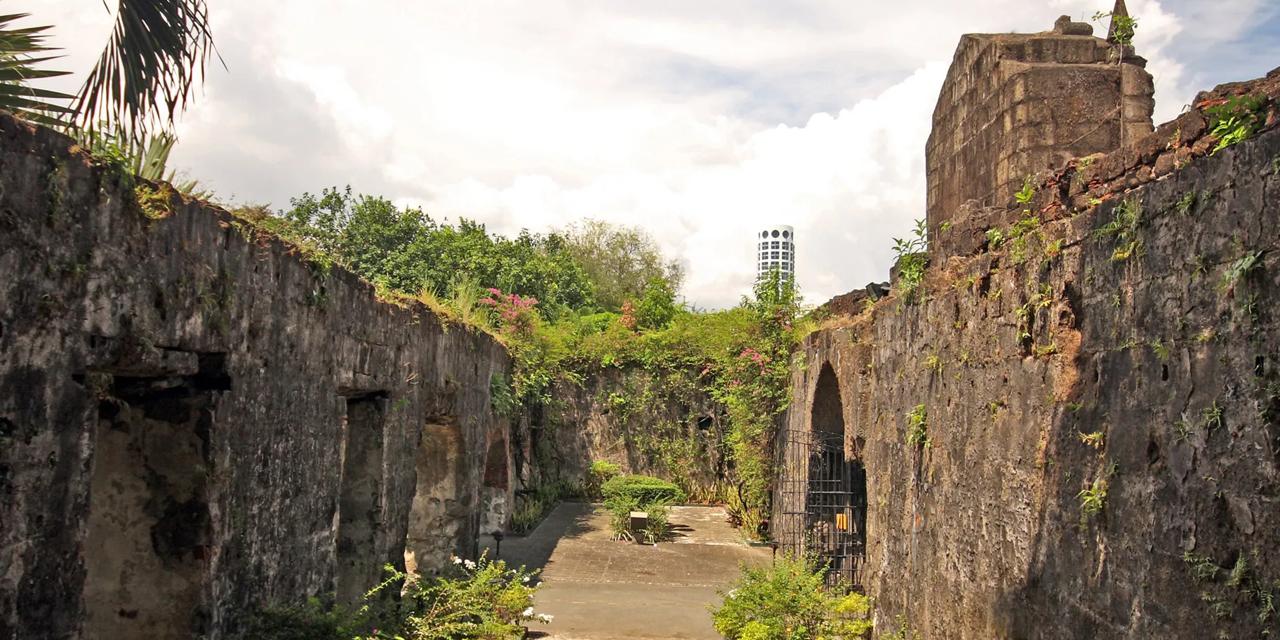
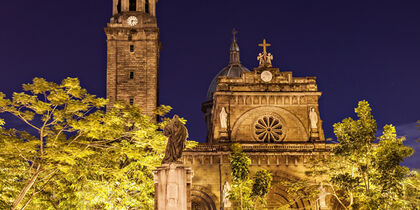
Manila’s 8th cathedral
The current cathedral is the 8th reincarnation of Manila’s first cathedral, which was constructed here in 1581 with bamboo and palm leaves. A typhoon, city fire, various earthquakes and bombings destroyed the cathedral time after time. The current cathedral was built in the 1950s and was designated a basilica in 1981 by Pope John Paul II.
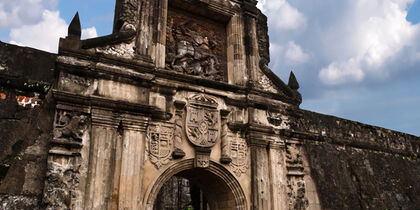
Where national hero Rizal died
The Spaniards ruled Manila for more than 3 centuries. The Chinese, Japanese and Americans have also had a presence here. They all operated from the impressive Fort Santiago. This location has great historic importance to the Philippine people as their national hero José Rizal was imprisoned in the fort and spent his final days there. The Rizal Shrine is a museum dedicated to this freedom fighter.
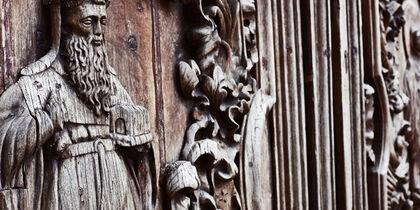
The Church of San Agustín, the sole survivor
The Spanish Augustinian Order was quick to begin converting the recently colonised population of Manila to Catholicism. The first church inside the walled city was built in 1587 and included a monastery. The Baroque building features an ornate altarpiece, pulpit, choir stalls and trompe l'oeil frescoes. The San Agustín Church is the only building in Intramuros that survived the Battle of Manila at the end of the Second World War.
Discover other destinations in Asia
*Uvedené ceny platí pro jednu dospělou osobu. Všechny částky jsou v CZK. Včetně tax a příplatků. Neúčtuje se žádný rezervační poplatek, ale může být účtován příplatek za provedení platby. Uvedená cena se může lišit v závislosti na dostupnosti tarifu. Přesnou celkovou cenu uvidíte, jakmile zvolíte způsob platby.
The weather forecast information is provided by World Weather Online. Air France-KLM is not responsible for the reliability of this data.


